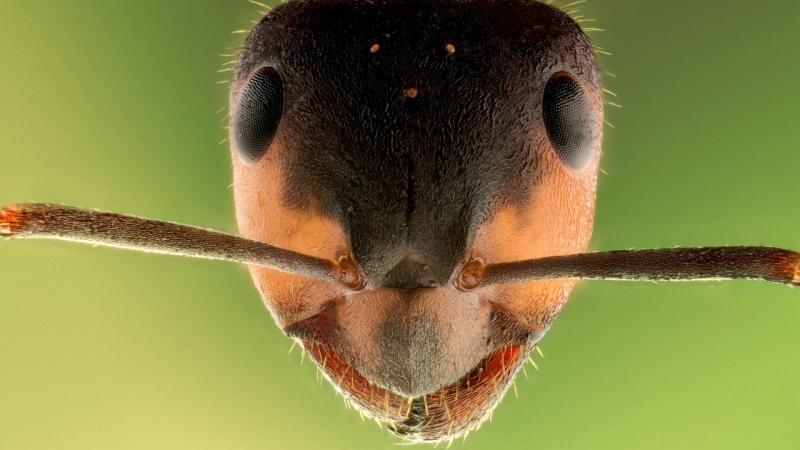
Stretched along the west coast of India, the beautiful mountain range of the Western Ghats is one of the "hottest hotspots" of biological diversity that supports numerous flora and fauna. Of the 325 globally threatened species found here, many are endemic. While studies on the megafauna, like the elephants or tigers are plenty, the same cannot be said about small insects like ants, and hence data about the diversity of ants in the region are limited. In a new study, researchers from the Central Institute of Temperate Horticulture, Srinagar, Punjabi University, Patiala and the Government Degree College, Shopian, Jammu and Kashmir, have studied the diversity of ant species from different regions of the Western Ghats. The study was published in the journal Acta Ecologica Sinica.
Ants are found almost everywhere on Earth. As predators and scavengers, they recycle nutrients and act as ‘ecosystem engineers’. They are a part of different food chains of an ecosystem and also help in the dispersal of seeds. In India, there are about 828 species of ants, of which 31% are endemic and not found anywhere else in the world. There are about 455 species from the Western Ghats alone and 656 species reported from the Himalayas. Interestingly, more endemic species of ants are found in India than those of birds, fishes, flowering plants, and mammals, with the Western Ghats and the Himalayas harbouring most of the endemic ant species.
In this study conducted during the period 2010 to 2013, the researchers collected samples of different ant species from eight sites in the Western Ghats. These samples included species found in different elevations of these mountains. In all, they collected 173 species belonging to 65 genera in 10 subfamilies. Out of them, six species were reported for the first time in India.
While the number and diversity of ant species varied across the study areas, the researchers found the highest number of ant species and the most diversity in the Periyar Tiger Reserve in Kerala. Manalar, also in Kerala recorded the lowest number of species, and Idukki Wildlife Sanctuary recorded the lowest species diversity.
The researchers also found that the altitude played a significant role in determining the ant species and their diversity. “Our results indicated that only few species were adapted to full spectrum of environmental variation along altitudinal gradient studied and both species richness and diversity peaked at mid-elevations as against higher elevations wherein it underwent rapid decline”, they say.
The researchers attribute this peak in diversity and richness in the mid-elevations to the favourable ecological conditions there, which may be helping the ants to flourish.
The study brings to light the diversity of ants in the Western Ghats, which are mostly inconspicuous to most, although these tiny insects have a significant role in the ecosystem.
“Our findings rank high as they not only provide baseline data against which futuristic faunal changes could be assessed with respect to perturbations in a biodiversity hotspot but they also could be used to designate ecological sensitivities to various regions of Western Ghats for future conservation programs”, conclude the authors.
